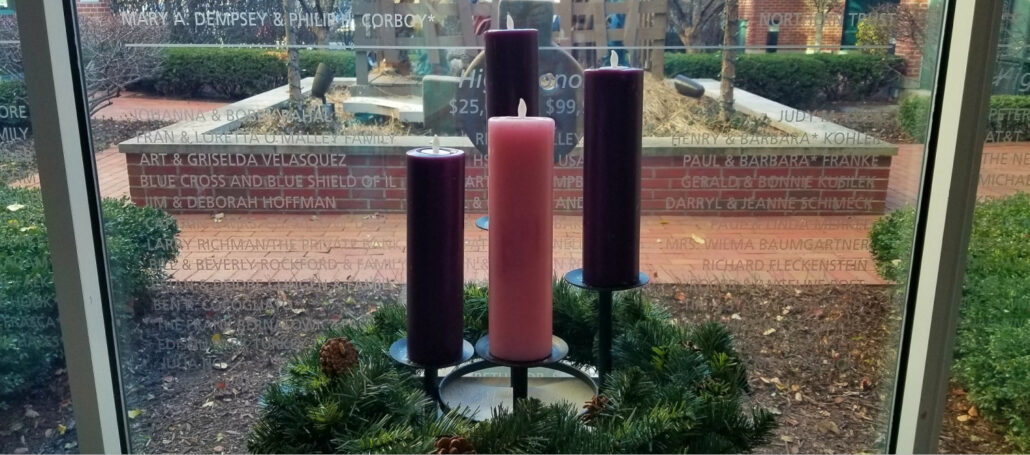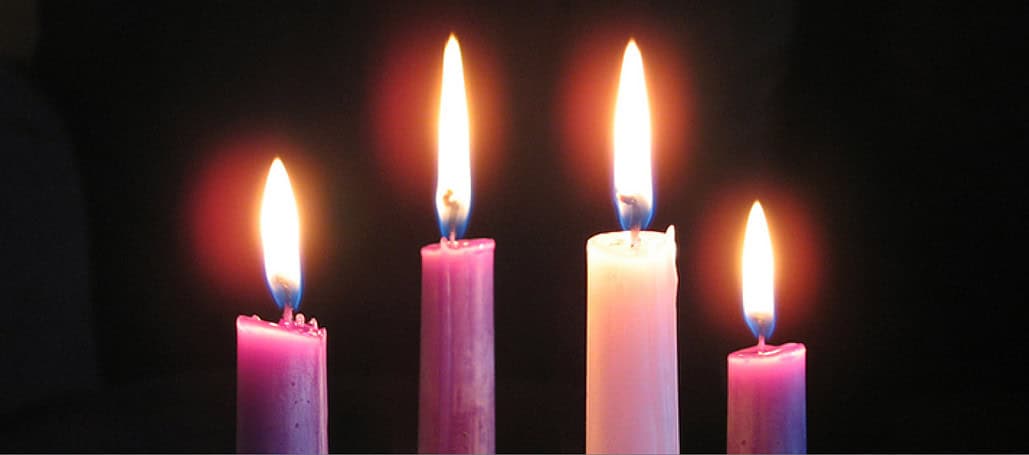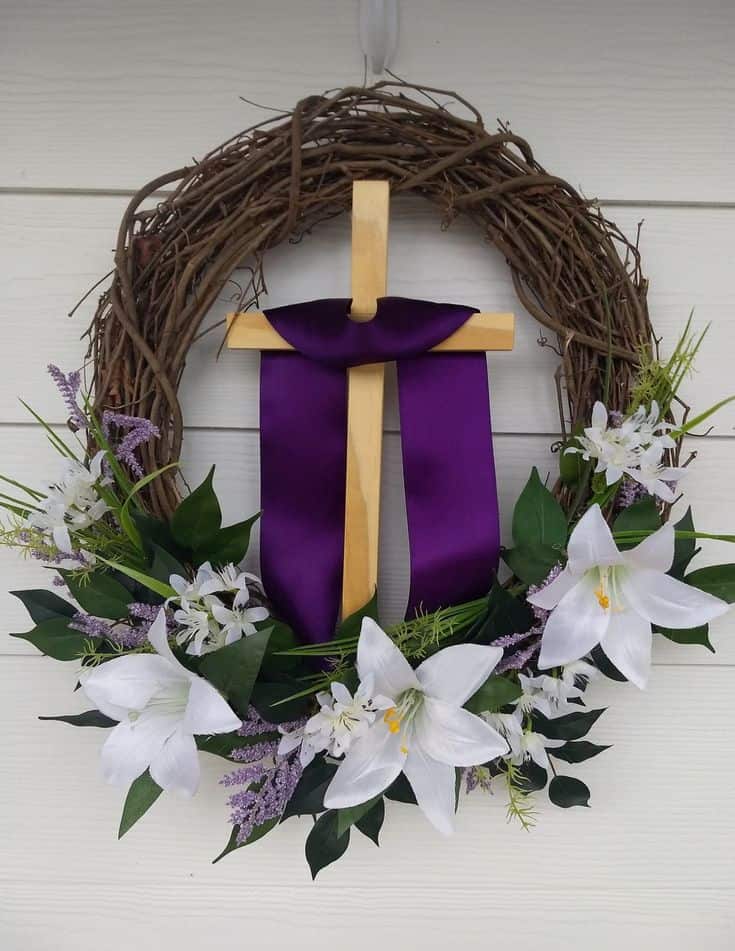Advent Wreath and Candles: Symbolism, Purpose, and How to Make Your Own
Understanding the Purpose of the Advent Wreath
What does Advent mean?
Advent is a period of preparation and anticipation leading up to Christmas, marking the four Sundays before December 25th. Each week of Advent emphasizes themes such as hope, peace, joy, and love, helping us prepare our hearts and minds for the celebration of Christmas.
The word Advent comes from the Latin word adventus, meaning “coming” or “arrival.” For Christians, Advent is an important part of celebrating the birth of Jesus Christ on Christmas Day.
During this time, Christians engage in reflection, prayer, and spiritual preparation, often observing traditions like lighting an Advent candle.
What is an Advent wreath?
The use of the wreath and candles during Advent are a longstanding Catholic tradition that was originally adopted by Christians in the Middle Ages as part of their spiritual preparation for Christmas.
An Advent wreath is typically made of evergreen branches and holds four candles, each representing one of the four weeks of Advent.

Where do I place an Advent wreath?
An Advent wreath is typically placed in a central or prominent place in your home — such as a mantel or the dinner table — where you, your family, and your guests can enjoy it and take time to reflect.
At Mercy Home for Boys & Girls, we put our Advent Wreath right near the entrance of our cafeteria, where both coworkers and kids are encouraged to reflect and contemplate the meaning of Advent.
When does Advent begin?
Advent begins on the fourth Sunday before the celebration of Christmas and ends at sunset on Christmas Eve (December 24th).
The Symbolism & Tradition Behind the Advent Wreath
What does the Advent wreath symbolize?
The wreath and candles are full of symbolism tied to the Christmas season. The circle of the wreath, which has no beginning or end, symbolizes the eternity of God, the immortality of the soul, and the everlasting life we find in Christ. The wreath itself, which is made of various kinds of evergreens, signifies continuous life.
Even the individual evergreens that make up the wreath have their own meanings to our faith:
- Laurel signifies victory over persecution and suffering
- Pine, holly, and yew signify immortality
- Cedar signifies strength and healing
- Pine cones that decorate the wreath symbolize life and resurrection.
The wreath as a whole is meant to remind us of both the immortality of our souls and God’s promise of everlasting life to us through Christ.
What do the candles on an Advent wreath represent?
The four candles on the Advent wreath represent the light of Christ entering the world. One candle is lit each Sunday, marking the progression of the four weeks of Advent.

What do the colors of the candles represent?
Three candles are purple, and lit on the first, second, and fourth Sundays of Advent. They represent a time of prayer, penance, sacrifice, and spiritual reflection.
The fourth candle is pink, and lit on the third Sunday of Advent. This candle represents joy, and marks a shift in the tone of Advent from penitential reflection to joyful anticipation, inviting believers to rejoice as Christmas draws nearer.
What are the names of each Advent candle?
Each candle represents a theme for each week of Advent — hope, peace, joy, and love.
- The First Candle, called the Prophecy Candle, represents hope and the anticipation of Christ’s coming, recalling the prophecies about the Messiah and the hope He brings to the world.
- The Second Candle, called the Bethlehem Candle, symbolizes peace and preparation, reflecting Mary and Joseph’s journey to Bethlehem and the peace that Christ’s birth brings.
- The Third Candle (this is the pink candle), is called the Shepherd’s Candle, and represents the joy felt at the birth of our Lord, as well as the joy we have in anticipation of His return.
The Fourth Candle, called the Angel’s Candle, symbolizes love and the message of God’s love that the angels announced at Christ’s birth.
Crafting Tips: How to Make Your Own Advent Wreath
Follow these 5 easy steps
Step 1
Use ruler and trace 2 perpendicular lines, onto white piece of paper.

Step 2
Mark 4 marks in the styrofoam ring on each line intersection for the candle stakes. Then firmly push in each candle stake into the styrofoam ring.

Step 3
Place hot glue onto the styrofoam ring and slowly wrap greenery in a spiral fashion around the styrofoam ring. Continue to glue greenery as you wrap it around the ring until it is completely covered.

Step 4
Stick in the berries and hot glue the pinecones onto the wreath. Make sure to fill the entire wreath and be creative!

Step 5
Stick 4 candles in candle holders, light the advent wreath throughout the weeks of December and enjoy!

Watch Full Video
Share your Wreath on Pinterest
and tag Mercy Home!
Follow Mercy Home on Pinterest
About Mercy Home
Since 1887, Mercy Home for Boys & Girls has provided children who’ve experienced abuse, neglect, or violence a safe home, educational support, and career guidance.
Please consider making a gift to Mercy Home today, and help us continue to provide our kids the opportunity to overcome the hardships of their young lives and look forward to futures full of success.
Your Impact
100% of our programming is funded by donors like you, and we’re committed to putting every dollar towards our kids.





